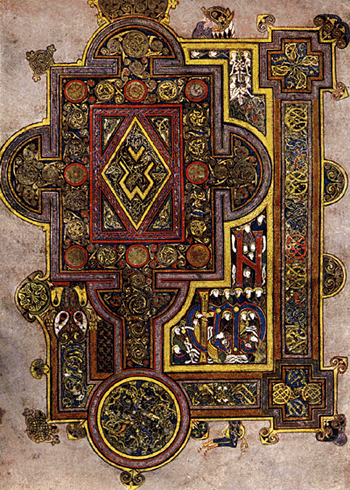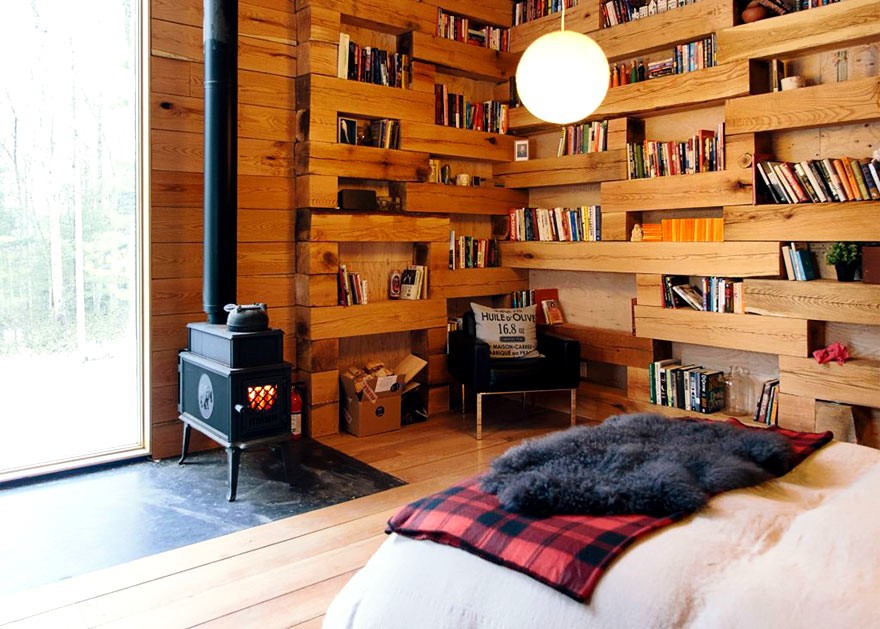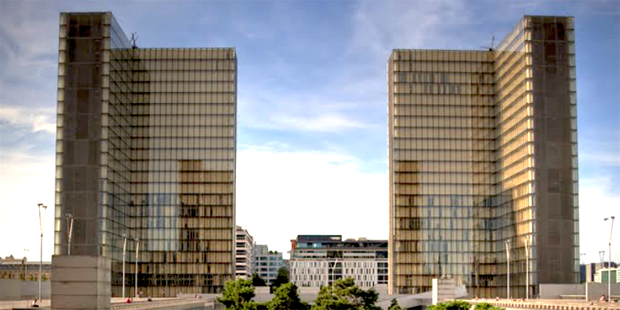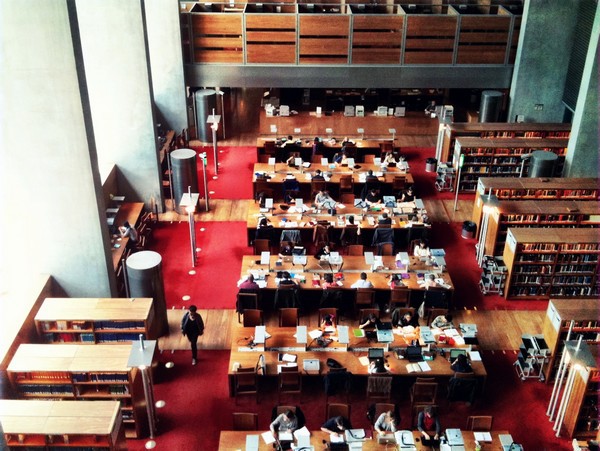We know that internet, blogs and social networks gave or maintained a general taste for writing and creation! It also gave the world of books a second youth by putting self-publishing at everyone’s reach.
Books and writing are part of the daily life for many of us. And the internet pays them tribute!
What the shelf?
On Instagram, we find under the hashtag #shelfie a whole lot of inspiring photos featuring shelves and libraries. The word “shelfie” itself sets the tone by combining the words “shelf” with the word “selfie” (the famous self-portraits photographed in the 21st century, for those sleeping at the bottom).
Many of the photos feature furnitures arranged like they’re almost taken straight out of an IKEA magazine. But, and this is what interests us here, we can also find books!
#Shelfie indeed is the occasion to make your personal library a star while the hashtag lasts ! It’s also the moment to share your reading taste or your storage foibles to your friends and followers… Or even to discover what composes the tastes of others and how people organizes and surrounds one’s readings!
No boasting of elitist readings or endless rows of books here (even if we recognize that a full library is always pretty to picture 😉 ), only the joy of seeing beautiful book-related photos and starting exchanging about your favorite books!
After all, the contents of a library are often indicative of the personality of its owner(s): It is with this idea that the newspaper The Guardian launched the concept of the Shelfie in December 2013.
More than 820 000 publications are now classified under the hashtag #shelfie and more are coming everyday, so it’s always time to get involved and show what you have and love!
_________________________________
Article source (French) | Images: @earthscorners, @culturetripbooks, @bluestockingbookshelf and @shelfjoy
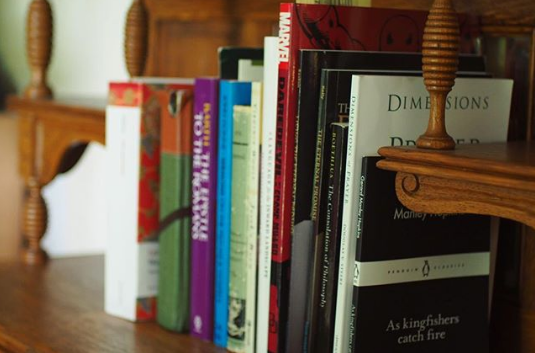
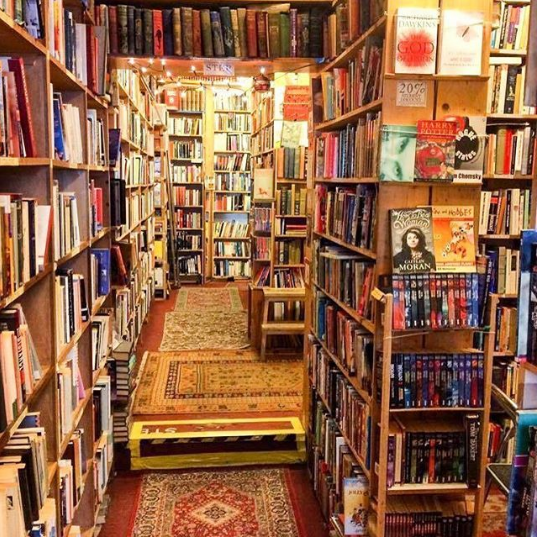

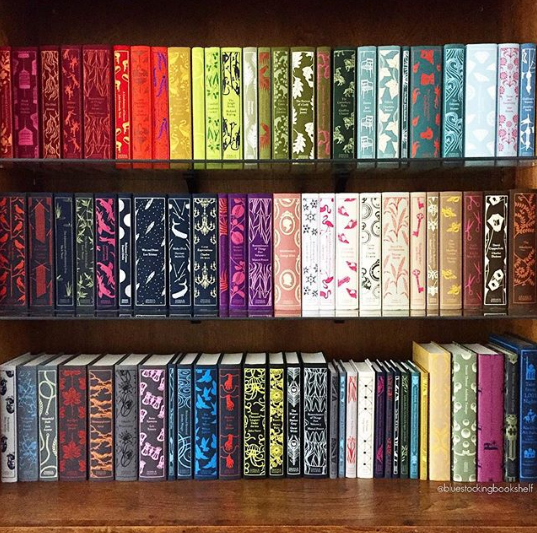

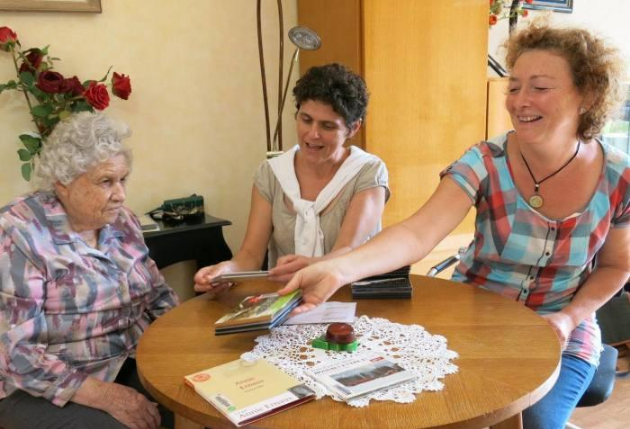
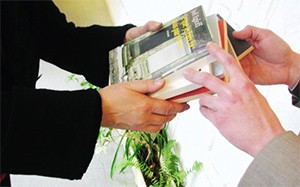

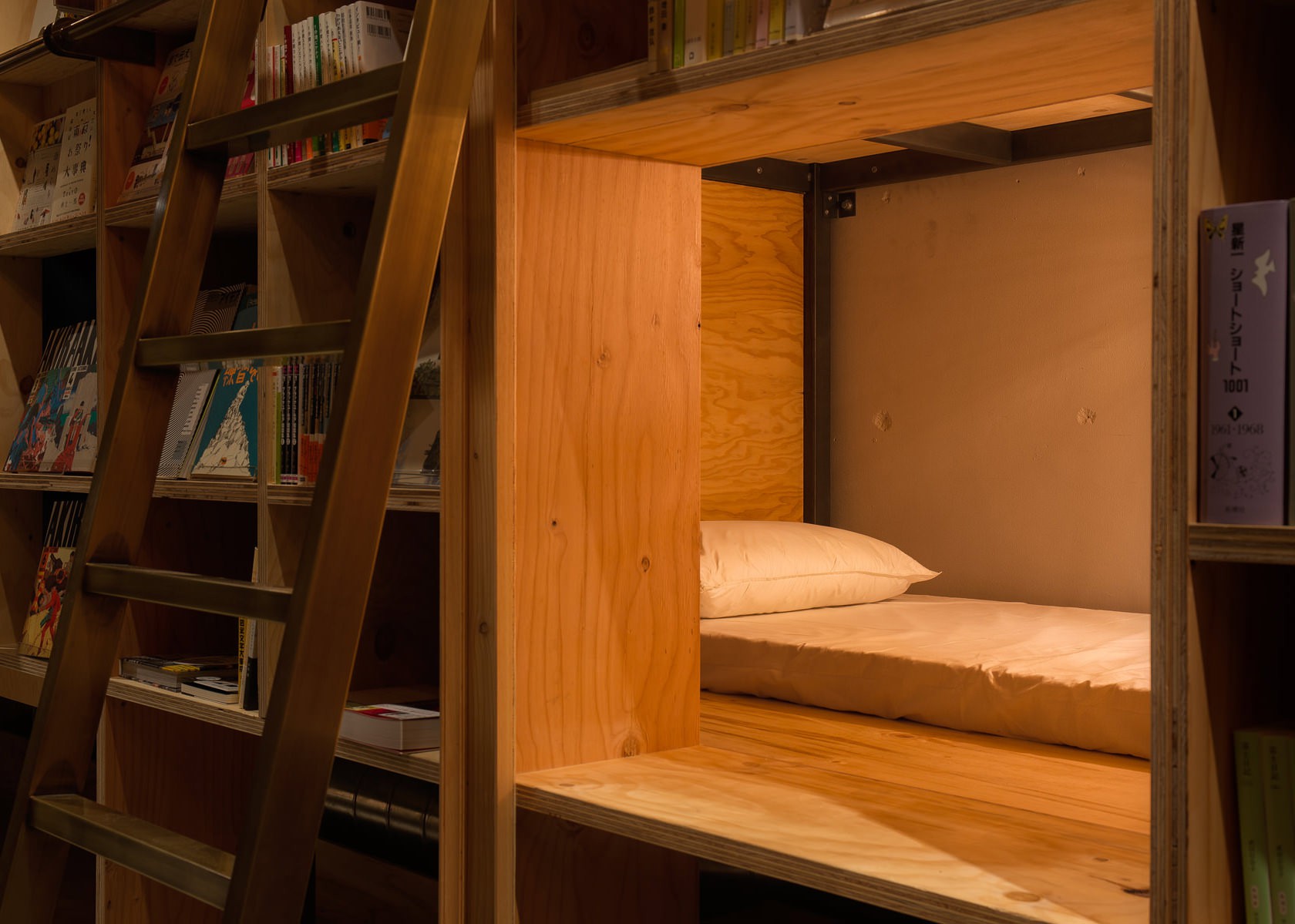 Tokyo is not the only city to have a Book and Bed hotel,
Tokyo is not the only city to have a Book and Bed hotel, 

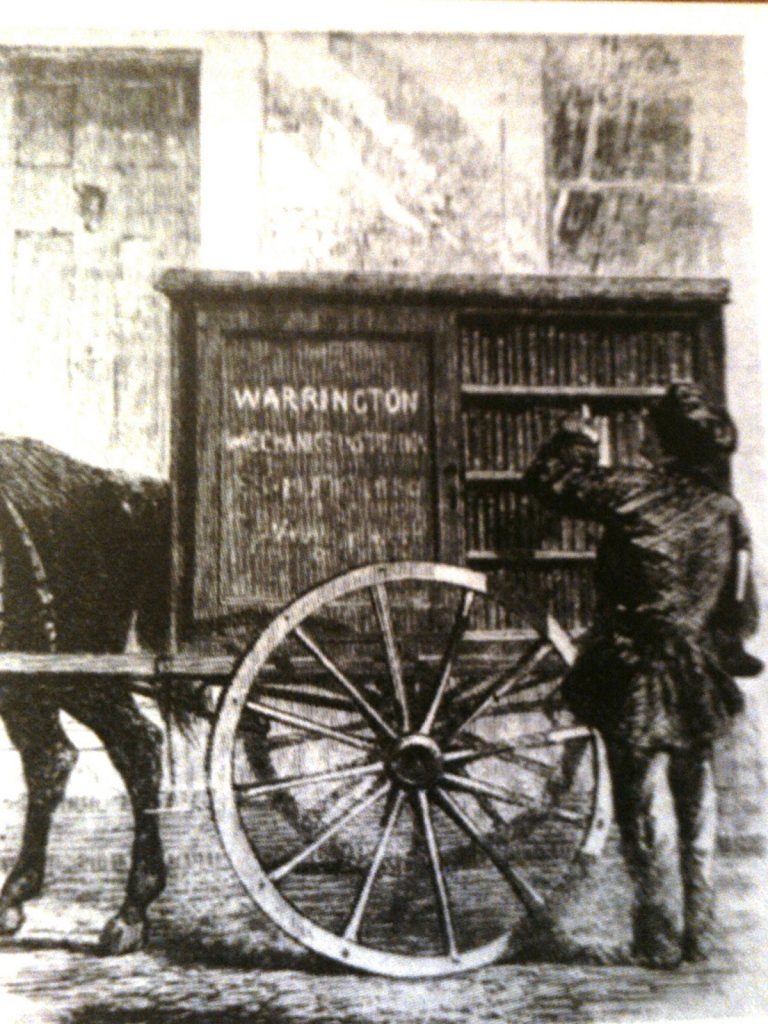
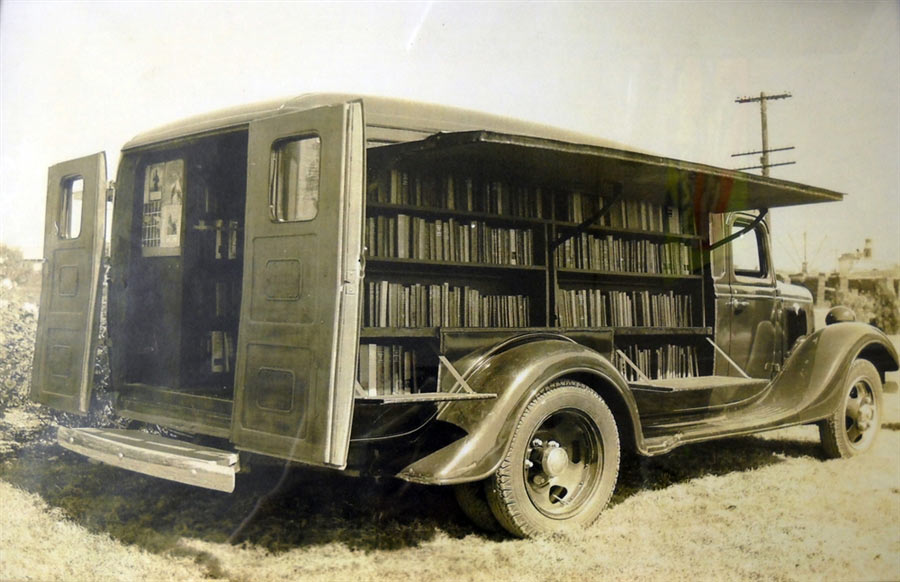

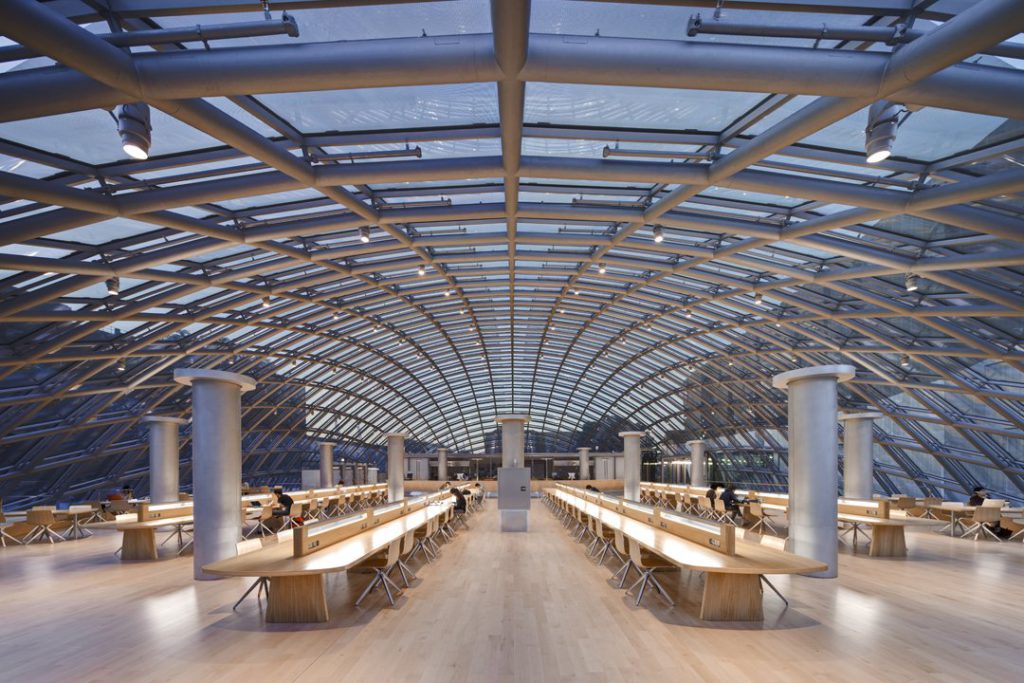

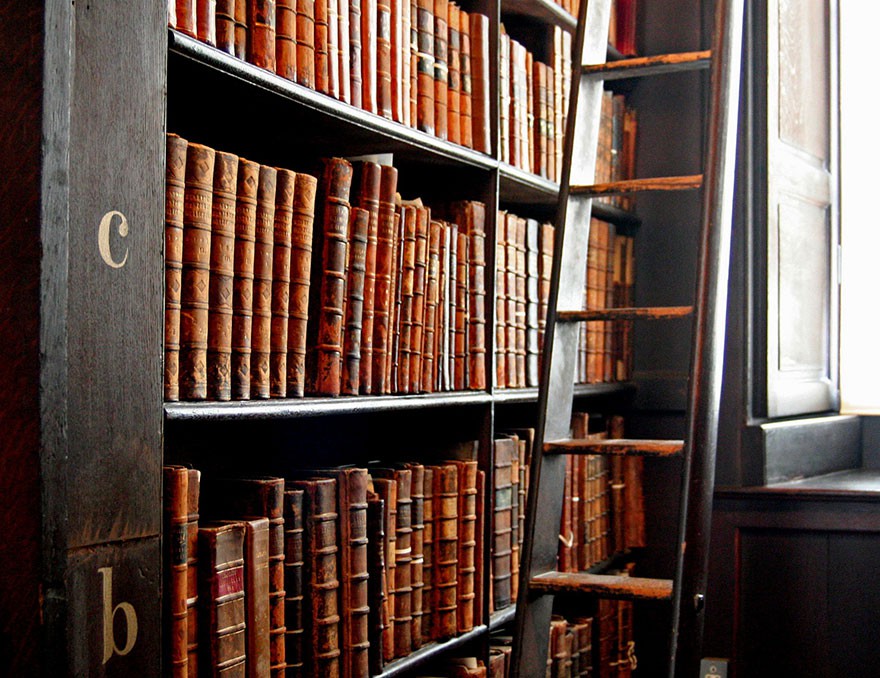 And the result was worth it!
And the result was worth it! View of the Long Room and its marble busts.
View of the Long Room and its marble busts.